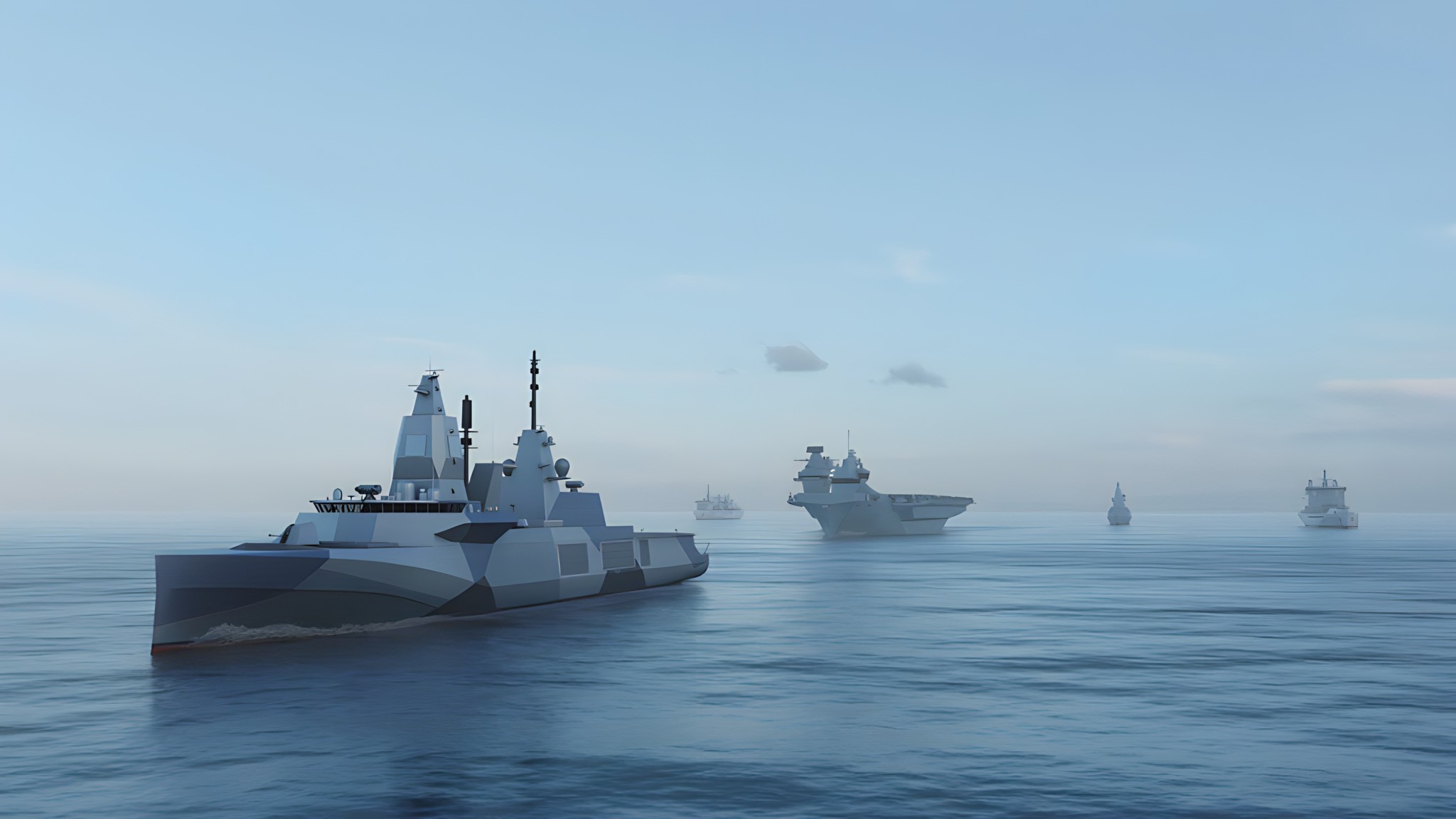I was part of the math review somewhere around 2002ish.
It wasn't based on ships per se. It was based on keeping the White Paper mandated fleet available.
The mandate was (and still is, on paper) to keep two CTG (Canadian Task Groups) available at all times, plus one ship (NATO) continuously deployed. In that, you would be surge ships out of the task group to cover other deployments.
The task group needs to be able to keep 2 aircraft airborne at all times. That means you need 6 aircraft in the group. You fly 2 for 12, 2 for 12, with 2 in maintenance, any given day. If your lucky, you have a tanker with deeper maintenance capabilities (hasn't been the case for a long time) and you swap aircraft with them to keep it going. So, let's call it 1 tanker det (2 aircraft with 1 or 2 crews), 1 280 det (2 aircraft with 3 crews), 2 330 dets (1 aircraft with 2 crews each).
To keep the single det going, due to how Canada
would like to deploy, it should be 4 dets (1 in 4, so preparing, deployed, post deploy, rest), but for various reasons (not the least was depth from the task groups) call it 3. So that's 3 330 dets with 1 aircraft and 2 crews in each.
So:
- CTG East, 6 aircraft, 8 crews, in 4 dets
- CTG West, 6 aircraft, 8 crews, in 4 dets
- Single deployer, 3 aircraft, 6 crews, in 3 dets
Total is 15 aircraft, 22 crews, in 11 dets. Add in some sustainment crews (hopefully over and above squadron standards, readiness, and ops crews, but normally filling those positions) and call it 30 crews worth of deployers. So, the bottom line statement that everybody at 12 Wing should have been able to regurgitate when required of "15 det equivalents in 11 dets." When ashore they can use there own helos for currency, etc.
For training, you need to pump out 10 pilot's and 5 ACSOs and AESOPs per year at steady state just to produce enough to backfill all the at sea positions every three years. So call it 16 pilots and 16 backenders. 4 courses a year; with say (I don't have the training sylabbus right in front of me) 20 flights for pilots and maybe 12 for backenders (assuming a healthy sim). That's ~500 flights a year. Add ~300 for check rides, currency, etc. So your sustaining, 15ish flights a week, with all the cancellations. So call it a 3x3 program, 3 aircraft needed, but the reality is 7 or 8 in the hangar.
In a perfect world 1 for OT&E permanently assigned.
4 or 5 in heavy maintenance, which is why 12 AMS has the number of bays it has.
15 (423/443) + 7 (406) + 1 (HOTEF) + 5 (12 AMS) = 28. Add 7 for attrition, like the original contract = 35.
(There's then a whole bunch of stuff to get enough maintainers, in the right place, at the right time.)
What actually happens in reality is there are dets assigned to the high readiness (HR) ships and not the other ones. So, in the early 90s we were manning 7 or 8 dets at 423, 3 to 4 (in a pinch, but never when there was 8 on the other coast) at 443 (there's that 11 dets). Coincidentally (not) 2 of the 3 tankers, 2 of the 4 280s, and 7 of the 12 330s were at high readiness at any given time (hopefully).
However:
2 things don't add up, and to my knowledge the numbers have never been updated:
- 280s are gone. So they only two aircraft dets are the tankers. So, let's assume we only put 5 in the CTG, and accept the risk of non-availability (pretty much the certtainty with the Cyclone right now).
- There's more single ship deployments, and that chews up dets (and ships).
OK. Let's simplify it, let's say 15 det equivalents in 15 dets. If you want to sail a plus'd up tanker, just put on most of two dets. Gives us more flexibility, but we need to get a few more remars for a few extra aircrew (and maintainers).
That leaves the AOPS. Everyone you man comes at the cost of not manning a River. Only option, more aircraft, which equals more dets, which equals more people, which means plussing up 406. Reality is, for every aircraft you add going to sea, you need 1.5 - 2 added to the fleet.
So, yep, you could easily make an arugument for 50-60 of something in the current world (the original Sea King buy was 41) but I'm not sure how palatable that would be. If it was 60s, I could also make an argument to throw a few 60Ss into the mix.
By the way, if you want, I could do the same exercise for the USN, or RN, and the relative numbers would be somewhat similar (larger, but in the same general proportions).










